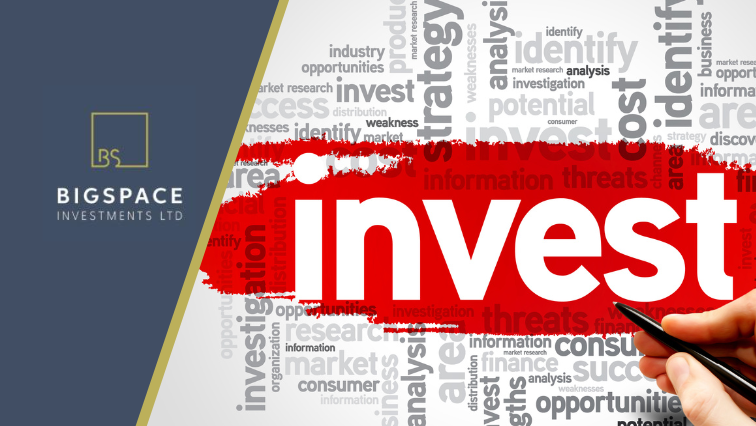Introduction
The early months of Donald Trump’s new term in office have already set the stage for a radically different economic and investment landscape. From tighter foreign investment controls to a major pivot in energy policy, the administration is making bold moves that could redefine how and where money flows in the U.S.But here’s the big question: Is Trump’s strategy a masterstroke in protecting American interests, or is he creating barriers that could slow economic growth? By the end of 2025, will investors be celebrating newfound opportunities—or struggling with a more closed-off financial system?Let’s break down the biggest investment shifts under Trump 2.0 and what they mean for the future.
1. “America First” Investments: Smart Protection or Economic Isolation?
The “America First Investment Policy”, announced in February 2025, signals a tougher stance on foreign capital. The goal? Make the U.S. a safer and stronger investment environment—by choosing who gets to invest.🚫 Who’s Being Blocked?
- China and other “adversarial nations” face new restrictions on U.S. investments, especially in tech, energy, and defense-related industries.
- Foreign investors linked to military or intelligence networks are under heavier scrutiny.
✅ Who Benefits?
- Investors from U.S. allies and “friendly” nations may see faster approvals and fewer restrictions.
- American companies could get priority in key sectors, reducing foreign competition.
💬 Debate:Is this a necessary security measure or a move that could discourage valuable global investment? Critics argue that blocking foreign money could lead to slower innovation and fewer cross-border business opportunities.
2. Trump’s CFIUS Crackdown: Safeguarding Tech or Stifling Growth?
Trump’s administration has expanded the power of CFIUS (the Committee on Foreign Investment in the U.S.), which reviews and blocks foreign investments deemed a “national security risk.”🔎 What’s Different?
- More industries—including AI, cybersecurity, and semiconductors—now require CFIUS approval for foreign investors.
- Even minority stakes in U.S. startups are now being scrutinized.
🚨 Investor Concern:Startups that rely on foreign capital (especially from Asia and the Middle East) could struggle to raise funding, making it harder for new companies to scale.💬 Debate:Will this make the U.S. more competitive—or scare off critical funding for innovation?
3. Energy Shift: Fossil Fuels Are Back, Offshore Wind Is Out
One of Trump’s most controversial investment moves so far? Blocking offshore wind development.⚡ What’s Happening?
- Over 60 gigawatts of planned offshore wind energy projects have been suspended or delayed.
- The administration prioritizes oil, gas, and coal industries over renewable energy.
- New policies fast-track drilling permits while slowing down green energy initiatives.
🔥 What This Means for Investors:
- Traditional energy stocks (oil & gas) may surge as regulations favor fossil fuels.
- Renewable energy startups could struggle, as government incentives dry up.
💬 Debate:Does this revive U.S. energy independence, or does it push America backward in the global clean energy race?
4. The U.S. Sovereign Wealth Fund: A Game-Changer or Political Gimmick?
A surprising proposal from Trump? A U.S. Sovereign Wealth Fund.💰 The Idea:
- Use profits from tariffs, tax revenues, and strategic investments to create a national investment fund.
- Fund projects in infrastructure, manufacturing, and emerging tech.
- Reduce reliance on foreign capital and multinational investors.
🛑 Potential Risks:
- Where will the initial funding come from—new taxes? More tariffs?
- Will this turn into a politically controlled slush fund?
- Can the government manage investments effectively, or will it lead to inefficiency?
💬 Debate:Is this a bold economic move or a risky government overreach?
5. Immigration & Workforce Changes: A Hidden Threat to U.S. Growth?
Trump’s hardline stance on immigration and deportations could have unexpected consequences for key industries.⚠️ Sectors at Risk:
- Construction & Real Estate – Mass deportations could worsen labor shortages, making housing even more expensive.
- Tech Startups – Fewer foreign-born engineers and developers could slow innovation.
- Agriculture & Manufacturing – Industries that rely on immigrant labor could face higher costs and production delays.
💬 Debate:Will tighter immigration policies boost job opportunities for Americans—or weaken industries that depend on a diverse workforce?
Where Will We Be at the End of 2025?
The Trump administration’s investment policies are bold, aggressive, and high-stakes.🟢 Possible Success Story:
- A stronger, more self-reliant U.S. economy with less dependency on foreign capital and energy.
- New government-backed investment funds could give American industries a competitive edge.
🔴 Possible Downside:
- Foreign capital dries up, slowing innovation and startup growth.
- Labor shortages & rising costs due to immigration restrictions.
- Energy sector tensions as the world shifts toward renewables while the U.S. leans back on fossil fuels.
💬 Final Thought: Will Trump’s investment policies protect America’s future, or will they create new economic roadblocks? What do you think? Drop a comment below!
